Contact
Office: Mon-Fri 7:30AM – 4:30PM
Service: Available 24 / 7
Menu
Office: Mon-Fri 7:30AM – 4:30PM
Service: Available 24 / 7
Your heating system is an essential but often neglected aspect of your home. For maximum home comfort, it is important to choose the right furnace or heating system for your home and properly maintain it. This guide covers everything to know about home heating systems so you can make informed decisions about maintaining, repairing or replacing your heating system.

The big question when it comes to installing all types of new HVAC equipment is: to buy or to rent? Here at Walker Climate Care we firmly believe that buying the equipment is always the best option for the homeowner. Let’s take a look at why you’ll want to consider purchasing your own equipment instead of choosing a rental company when it’s time to get a new model. Don’t worry – there are still great financing options available to you if you can’t pay for your equipment upfront.
Save money! When you do the math renting generally will cost you thousands more over the lifespan of your equipment. As an example let’s say you rent a $5000 (CAD) furnace for $94 a month. Furnaces typically last 12-15 years if properly maintained so being conservative let’s choose 12 years. $94 x 12 months x 12 years = $13,536. In this example, you would be paying more than twice the original price! Now, this price does include maintenance but you can get a maintenance plan for your equipment for thousands less – see the full comparison in the chart below. Additionally, if you decide you want out of your rental contract you may have to pay a buyout fee which is often a percentage of the original value of the system. Actual prices will vary depending on the equipment you choose and the HVAC company you work with, but time and time again we see customers overpaying for their equipment on rental plans!
Financing Options – Prefer not to drain your savings and pay over time? We can help – renting is not your only option! There are many financing plans that allow you to pay off your equipment one month at a time. Unlike rentals, your payments do not increase on an annual basis and once it’s paid, it’s paid (Learn more).
The table below outlines the total cost of ownership of purchase, financing, and rental options based on a $5000 furnace system and installation. Fees and interest rates will vary based on equipment and HVAC company.
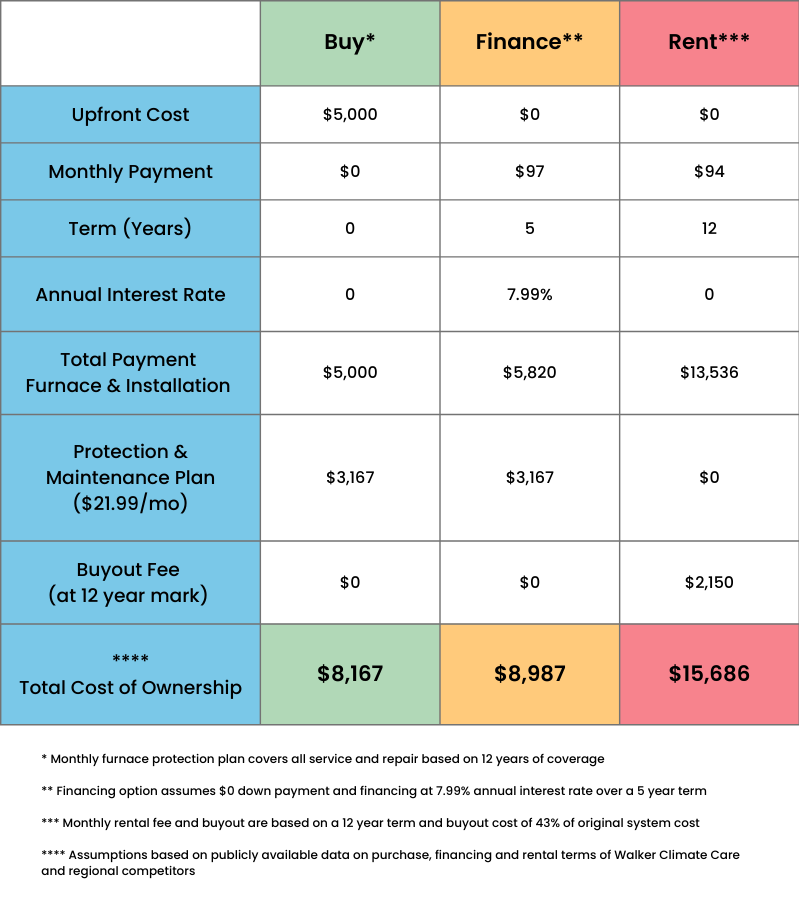
Move Hassle Free – Once you pay off your equipment it’s yours no need to pay monthly rental fees for a decade or more. Owning your equipment also increases the value of your home and simplifies the process of selling your home as you don’t have to worry about transferring a contract to the next owner. Additionally, if the next homeowners don’t want a rental agreement you may be forced to buy out your rental contract paying even more on top of your monthly payments and adding yet another to-do to a very busy time in your life.
Get a Warranty – When you buy your equipment you will get a warranty. A good warranty should cover parts for 10 years and some can last even longer with a maintenance plan.
Take advantage of government rebates – Renting severely limits, and in some cases completely excludes, your ability to take advantage of government rebates. For example, with the Canada Greener Homes Grant you could save up to 7100$ on a qualifying heat pump (learn more below).
Only pay for the maintenance you need – You can still have the peace of mind that a maintenance plan offers you unbundled from a rental unit. You control the maintenance options you want and can choose from several maintenance and protection plans. For instance, CLARITY by ClimateCare is a monthly subscription program which allows homeowners to affordably purchase their HVAC equipment and enjoy hassle-free repairs and regularly scheduled maintenance at no added cost. Why pay the high upfront cost or high never-ending rental rates when you can subscribe at a low monthly rate and own your system from day one?
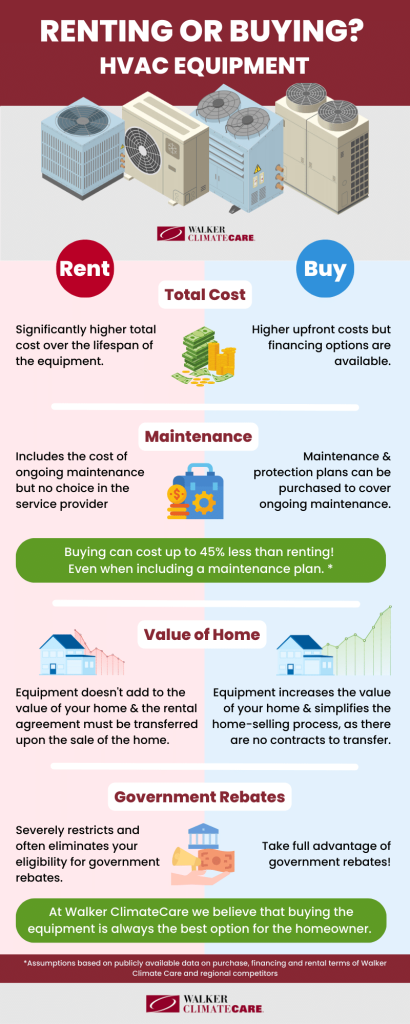
We know that purchasing new heating equipment for your home is often an overwhelming and tedious task. That’s why we put this guide together to walk you through all the options efficiently and comprehensively so you and your family can get back to enjoying the comforts of your home as soon as possible.
The number one thing to know is that furnaces are not the only option when it comes to keeping your home warm. The main three heating system options are furnaces, boilers and heat pumps – with natural gas furnaces being by far the most common in Canada. However, heat pumps have been rapidly gaining popularity in recent years as they are highly efficient – good for the planet and your wallet. There are also supplementary heating options to consider such as in-floor heating and fireplaces, these are not typically relied on for whole home heating (although they certainly can be) but are often used to provide extra comfort to rooms that need it.
In brief, furnaces work by burning fuel or using electricity to heat up a heat exchanger which, in turn, heats the air that is blown past it. This hot air is then distributed through the home using ducts.
The best furnace for your home depends on a multitude of factors including the size and age of your home, the climate you live in, your comfort needs and your budget. A trained HVAC professional will be able to assess your home and make tailored recommendations for you, but below we will introduce you to the basics.

Know the Difference:
In the context of HVAC the term “gas” refers to both natural gas and propane.
Natural gas is delivered directly to many homes and paid for on utility bills, whereas propane must be purchased in tanks and will need to be replaced by your local utility company.
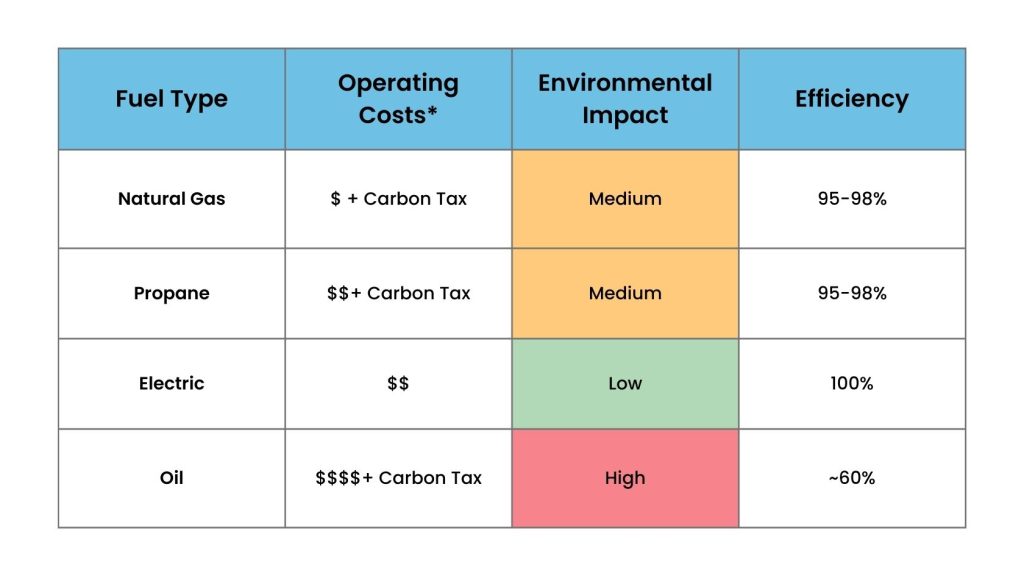
*The cost of electricity and gas greatly depends on your location. Gas has traditionally been the cheapest option however the Canadian Federal Carbon Tax is set to triple in the next ten years which will make electricity more cost-effective over time (learn more below).
It’s essential to get the right-sized furnace for your home, a furnace that is too small won’t be able to effectively heat your home, while a furnace that is too large won’t run as efficiently as it should and will cost you on your utility bills. An oversized furnace can also shorten the equipment’s lifespan as it never runs in efficient, long cycles and instead is constantly short-cycling – imagine it like turning your car on and off constantly to make very short trips.
Naturally, a larger home will require a larger furnace but so will a poorly insulated home, there are lots of factors that go into this measurement including the square footage, ceiling height, number and type of windows, building materials for the foundation and outside walls… anything that affects the insulative properties of your home. With all this in mind, an HVAC professional will be able to assess your home and suggest what BTU rating would be best for your home’s furnace.
Did you Know?
BTU refers to British Thermal Units and furnaces are available in ratings ranging from 40 000 to over 200 000 BTU (the larger your home the larger the BTU rating needed).

Heat pumps are not as commonly known as furnaces but, with technological advancements in recent years, they are here to stay. The demand for heat pumps is rapidly growing and they are gaining a lot of popularity in the mainstream. A heat pump runs on electricity and is responsible for both heating and cooling your home, they are highly efficient systems and in many cases can reduce a home’s utility costs and carbon footprint!
A heat pump functions similarly to a fridge in that it is an electrically driven system that moves heat from a low-temperature location to a high-temperature location. In the summer the heat pump will move heat from your home outside and in the winter it will reverse and move heat from outdoors inside. It may be surprising but even in the winter, there is still some thermal energy that exists outdoors and can be pumped inside. A central air source heat pump looks very much like the central air conditioner you’re familiar with but has a reversing valve allowing it to work in both heating and cooling modes. One obvious difference is that a heat pump will be installed on a stand instead of on the ground like your AC, this allows the liquid to discharge and avoid ice damming in the winter.
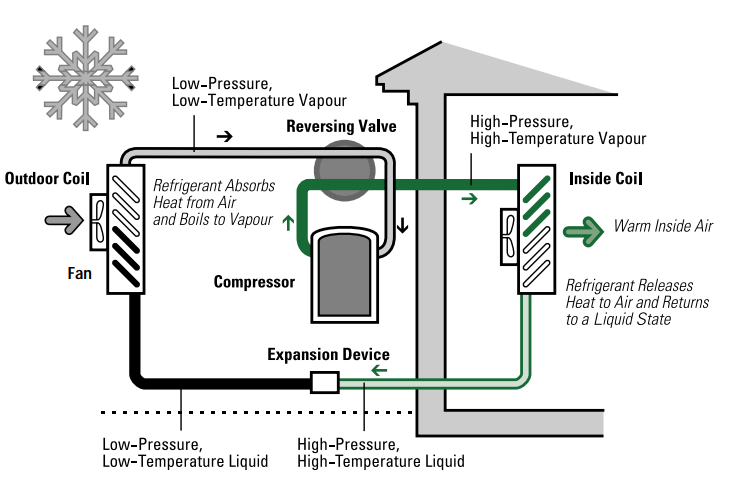
There are two types of heat pumps: Air Source Heat Pumps (ASHPs), and Ground Source Heat Pumps (GSHPs). Ground Source Heat Pumps are often referred to as geothermal heat pumps or geothermal systems.

Distribution Options:
Less expensive to operate – Heat pumps are more energy efficient than other heating systems saving you money on utilities. There are also government rebates, such are the Canada Greener Homes Grant, that help homeowners pay for equipment including heat pumps (learn more).
Better for the environment – Not only does the increased efficiency save you money on your monthly utility costs but it reduces carbon emissions which is good for our planet.
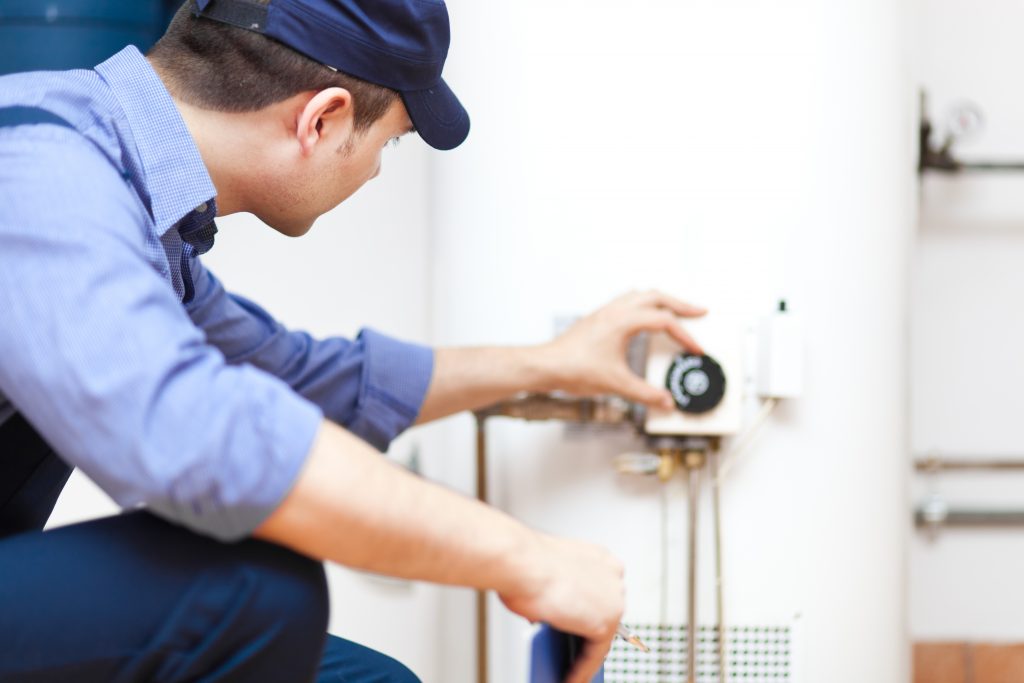
There are two primary types of boiler applications:
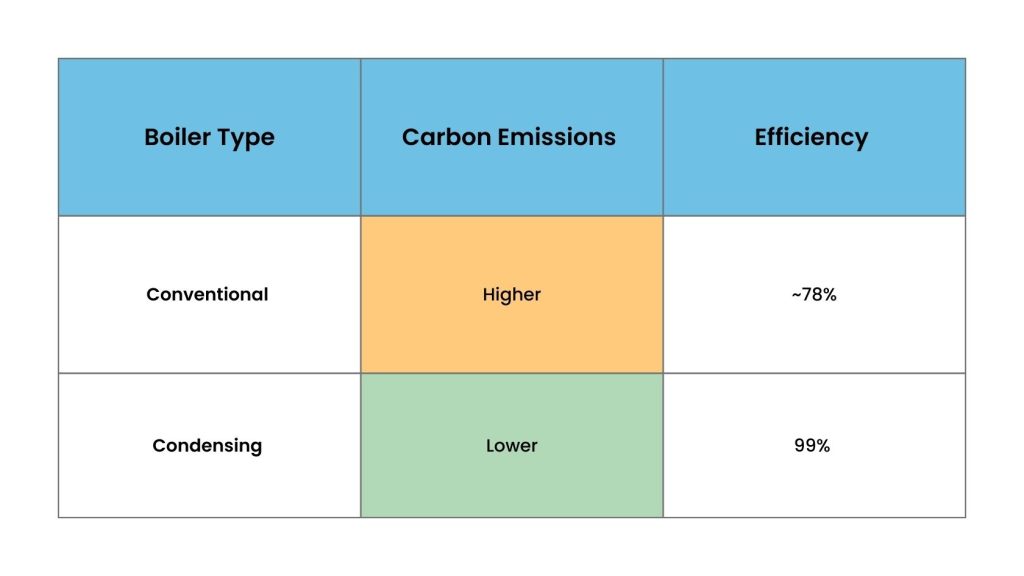

In-Floor Heating:
Simply put, in-floor heating warms your home by running warm water through a pipe system installed under the floor. This is different than electric-based floor heat systems that are designed as comfort measures on cold surfaces like tiles. These systems warm your entire living space; not just the floor surface.
Radiators:
In short, hot water is run through radiators to heat them and, in turn, the air around them. They are commonly found in older buildings, make sure to hire a contractor who is experienced with radiators specifically.

A fireplace is a cozy addition to any home, keeping you and your family warm all winter long. They can also be great space heaters if you have a spot in your home that’s cooler than the rest like a large rec room in the basement.
There are several different types of fireplaces that often get referred to interchangeably, here is the proper terminology:
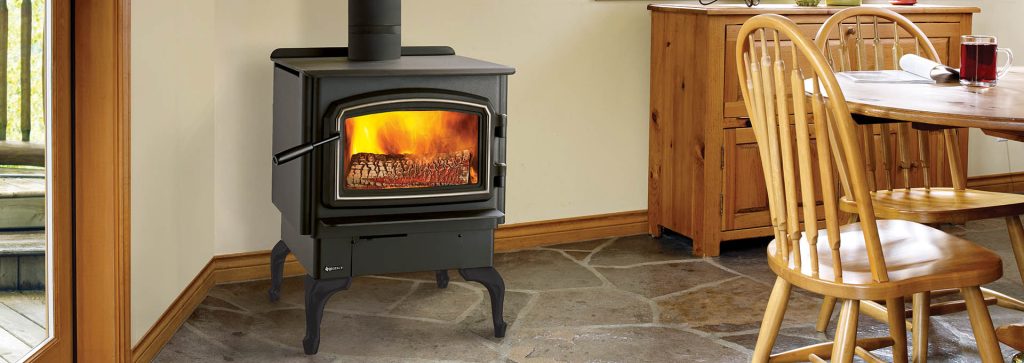
Fireplaces can be fuelled in many different ways:
Please note, Walker ClimateCare does not install nor service wood or pellet-based fireplace products. We recommend the reliability and cleanliness of gas or electric-fuelled heating appliances.
Safety Tip:
If you have a gas fireplace ensure that you have a carbon monoxide alarm installed and test it regularly. Be sure to clearly indicate the expiration date of the device on it, and have your appliance checked by a professional once a year.
As a Canadian homeowner you are taxed on your usage of fossil fuels, this includes your home’s heating system if it runs on natural gas, propane or oil. The Federal Carbon Tax is set to triple in the next ten years, from $50/tonne in 2022 to $170/tonne in 2030! Canadians need home comfort solutions that reduce their carbon footprint and allow them to save money at the same time.
These conditions, along with the public becoming increasingly eco-conscious, have made switching to electric heating systems increasingly appealing. One of the biggest detractions in moving to electric is the cost – while gas prices will increase directly and via the Carbon Tax, heating a home on a fully electric system remains costly today. That’s why heat pumps have been gaining popularity recently – a heat pump system cost up to 65% less to operate when compared to electric furnaces.
The Canada Greener Homes Grant was designed to help Canadians make their homes more energy-efficient and in doing so fight climate change. There are up to 700,000 available grants of up to $10,000 to go toward household energy efficiency retrofit projects. EnerGuide evaluations (valued at $600) are also available to homeowners providing expert advice for these retrofit projects. These retrofits typically comprise renovations such as upgrading windows, upgrading insulation and installing efficient non-fossil-fuel-based heating systems such as heat pumps.
Walker ClimateCare wants to help homeowners leverage these grants to their full potential – learn more.

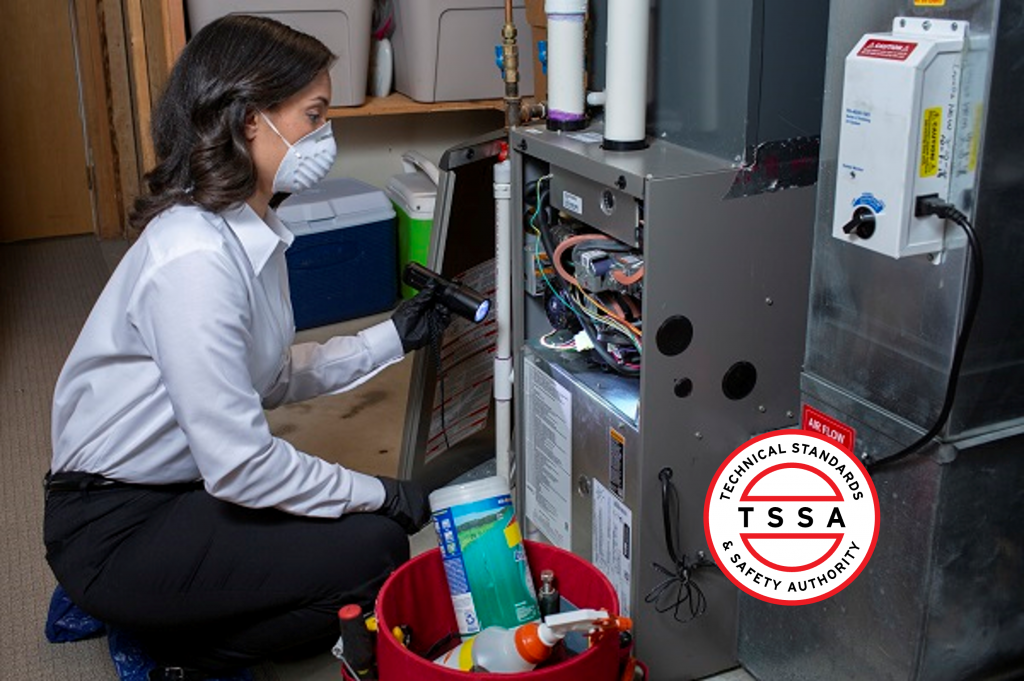
Not all installation teams are created equal! The quality of the installation matters just as much, if not more, than the quality of the equipment being installed. It doesn’t matter if you purchased a top-of-the-line heating system, if it is not installed to fit your home correctly it will not operate as intended. Below we outline how to find a reputable HVAC team and red flags to pay attention to.

Cleaning and maintaining your HVAC system regularly not only helps to improve reliability and prevent costly repairs but can actually save you money by making sure the system is running as efficiently as possible and prolonging its life. However, it’s a task often overlooked by homeowners – you maintain your car, so why not your HVAC system? All mechanical systems require tune-ups to operate as intended. In some cases, this is required by the manufacturer to keep the warranty valid, and/or by your home insurer to mitigate the risks of neglected mechanical systems.
A maintenance plan from a reputable HVAC company is a great option for many homeowners. They provide peace of mind that your heating and cooling systems will function efficiently through all seasons for years to come. Maintenance plans also generally come with lucrative savings in the form of discounts to homeowners, as ethical contractors want to incentivize their clients to protect their investments and mitigate the risk of requiring emergency service for preventable issues.
Check your furnace filter!
This is our number one tip as it is the easiest, low-cost task that can fix many problems and many homeowners aren’t even aware that they should be changing their furnace filter regularly!
Over time the filter accumulates dust and other particles from the air stopping them from circulating around your home. If you hold your filter up to the light and can’t see light through it, it needs to be changed. When the filter is full your furnace has to work hard to blow air through it decreasing the efficiency of your machine and increasing your bills. When your filter is clogged, this also adds stress to the blower motor of your furnace which will compensate by working harder. This shortens the lifespan of this motor, and uses more electricity driving your bills up!
Changing your furnace filter regularly will improve the air quality in your home and the efficiency of your furnace. Every home is different and factors like the presence of pets, and renovations, can mean you need to change your filter more often. The type of filter you use also has a big effect on its life.
Don’t know what furnace filter is right for you? Read more on filters and MERV ratings below.

Inspect your Exterior Vents
Depending on your heating system your vents will look different and be in different locations. Twice a year – spring and fall are a great time to do this – inspect your vents and ensure they are free of debris. These vents serve as both fresh air intake and exhaust outlets for mechanical equipment like your furnace, hot water heater, and HRV/ERV. If they’re clogged, your appliance can stop working leaving you stranded. If they’re dirty but not fully clogged, your appliance is working its motor higher than needed to get the necessary airflow, and you’re shortening the life of your mechanical equipment in addition to using more electricity than needed to power it.
Adjust your Interior Vents and Fan Settings
If you have a centrally ducted heating and/or cooling system, it is good practice to close the vents in the basement or lower floors and open the higher floor vents during the summer so that more cool air is directed upwards where it is generally warmest and vice versa in the winter so that warm air is directed to the coldest floors in the home. Hot air rises and cold air sinks so this should help equalize the temperature on all floors of the home.
It’s also a good idea to leave the fan of your furnace or air handler on. Rather than just blowing hot or cold air when it’s operating, most thermostats will have an “always on” or “circulate” feature to run the fan longer than necessary. This helps recycle the air between the upper and lower floors of your home and thus equalize the temperature. On modern equipment with an ECM motor, the electricity cost is negligible. If you still have an older model with a PSC-split type motor – or aren’t sure how to tell – you can learn more here
Check your Emergency Switch and Breaker
If your heating or cooling system isn’t turning on, it’s possible that it simply isn’t getting power, this can happen when the switch is accidentally turned off. This switch looks just like a light switch and often has a red faceplate or “emergency” sticker on it that can cut the power to your furnace. If this is set properly, the next step is to check the fuse of the breaker. This often happens with air conditioners starting up in the spring as homeowners turn this breaker off during the winter months.
Anything beyond this checklist is really a job for a professional.
Most furnaces carry a parts warranty from 5-10 years and a well-maintained furnace can last 12 to 15+ years in the Canadian climate. As the equipment ages, repairs become more common and the efficiency of the machine may no longer be optimal compared to newer models, thus increasing utility costs. A trained HVAC professional will be able to advise you on if the best decision for your home and wallet is to repair or replace. Below we’ll go through some of the major points to consider when making this decision.
Before worrying about repairs make sure to check your furnace filter (more on this above). This one easy task can fix a plethora of HVAC problems!
Pros
Cons
Pros
Cons

Do I need to replace my thermostat?
In some cases, you will need to replace your thermostat when you replace your HVAC system. For instance, if you’re adding new functionality like using a heat pump in combination with your furnace, or a new accessory like a humidifier or HEPA filter. Your HVAC contractor will be able to advise whether replacement of your thermostat is necessary when considering replacement equipment, configure it for you and explain its operation during the installation process.
Should I get a Smart Thermostat?
The biggest question when it comes to thermostats is whether to get a standard thermostat or a smart thermostat. There are so many smart stat options available on the market now that there is something that fits every home, and there’s no real reason to skip on them. There also provide some very appealing benefits that can improve your comfort and save you money.
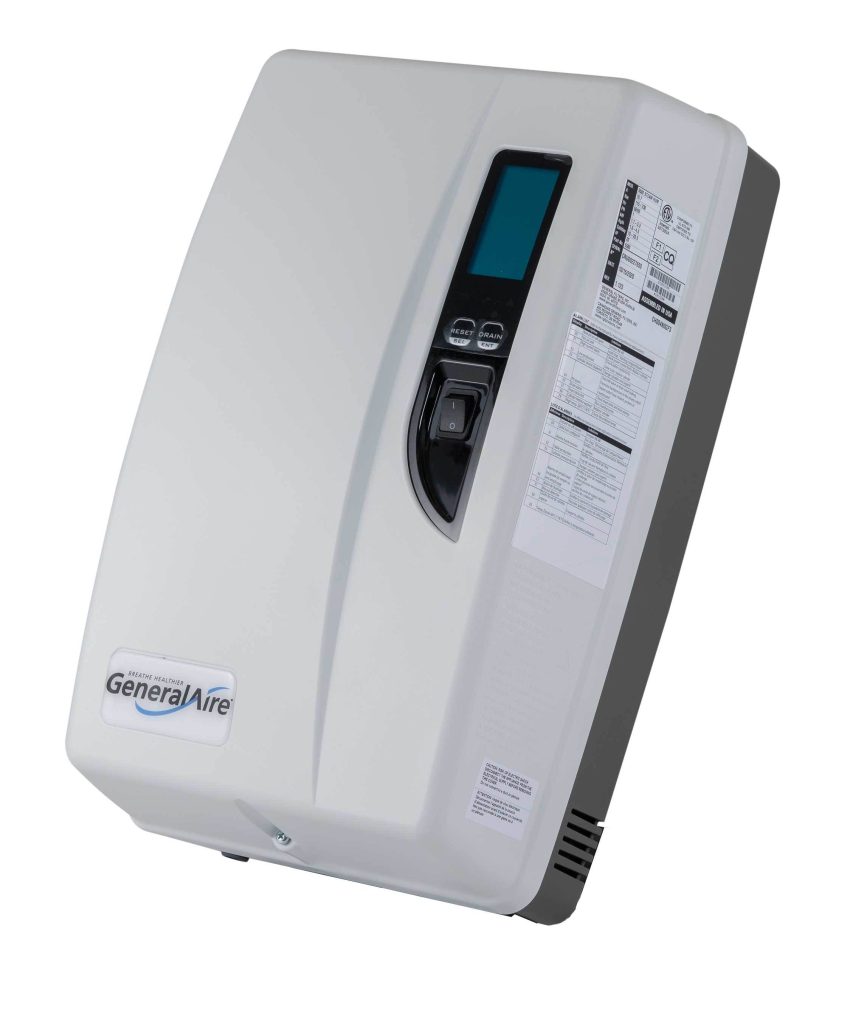

The humidity level in your home affects your health and the health of your hardwood floors, artwork and furnishings. It also affects how efficiently your heating system can warm your home since water retains heat, with less humidity the home takes longer and costs more to heat. If you are noticing any of the following problems, a humidifier is likely a good option for you.
How to know if you need a humidifier:
Best practice is that the relative humidity in your home should be somewhere around 40-60%. Everyone has their own individual preference for comfort, but if you see humidity levels below 30%, you should strongly consider a humidifier! Similarly, if your levels are regularly exceeding that upper threshold of 60%, you should be looking into a centralized dehumidifier – especially if you don’t have a central air conditioner that does this for you during the warmer months!
Types of Humidifiers:
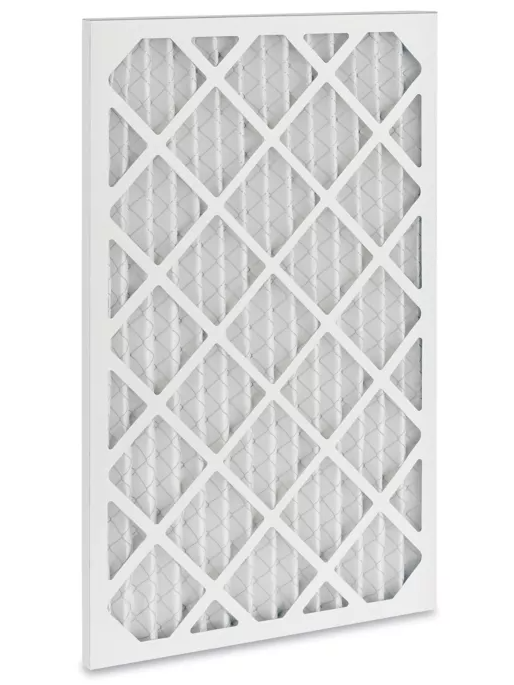

What furnace filter do I need?

At Walker ClimateCare our team will conduct a thorough assessment of your home using a load calculation. We factor in all aspects including the size of your home, its layout and direction and how much insulation you have, to determine the right size of heating system for your home and to ensure a flawless installation process.
A great heating system is only as effective as the team installing it, and our team members train multiple times each year to achieve greater quality standards.
After hours service
at no extra cost
For immediate service, please use our live webchat or call us at (613) 932-7978.
Office: Mon-Fri 8:00AM – 4:30PM
Service: Available 24 /7
© 2024 Walker ClimateCare | All rights reserved.